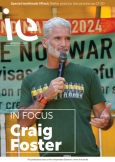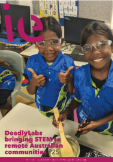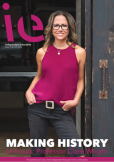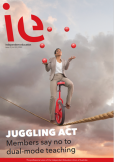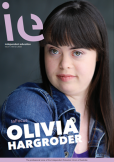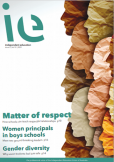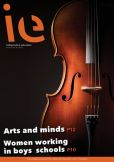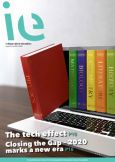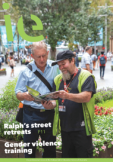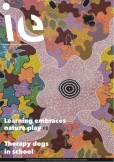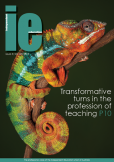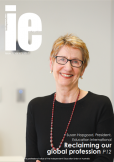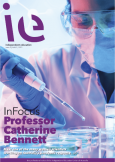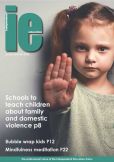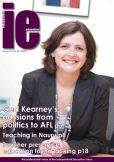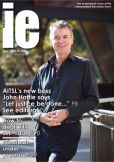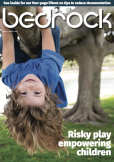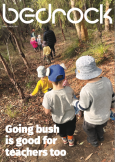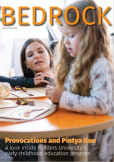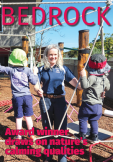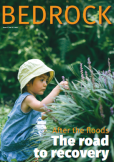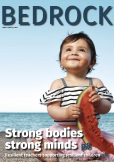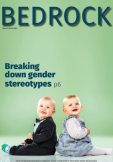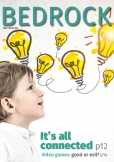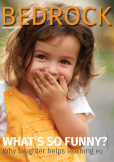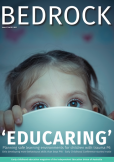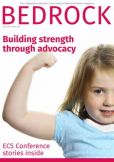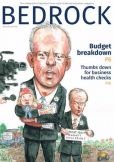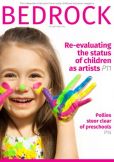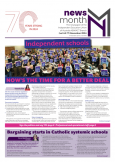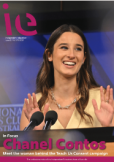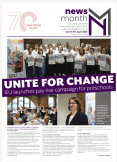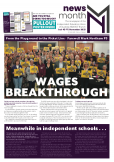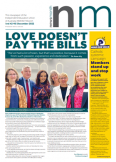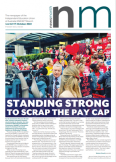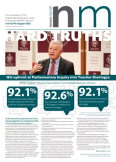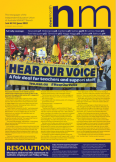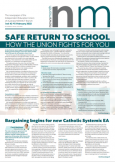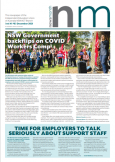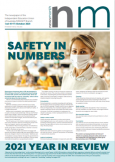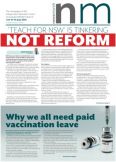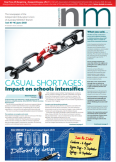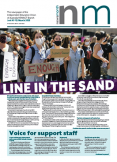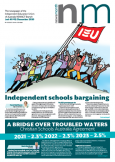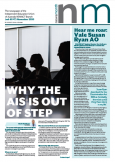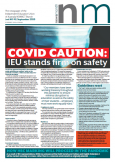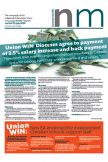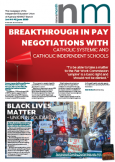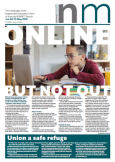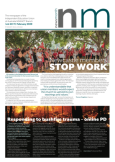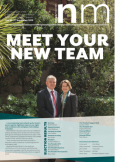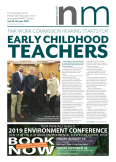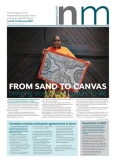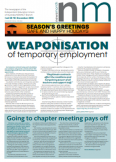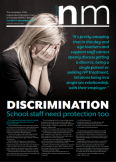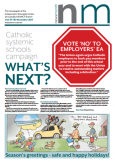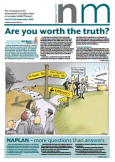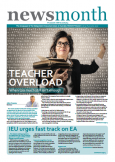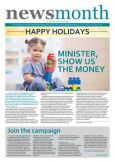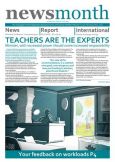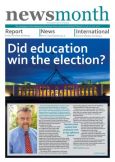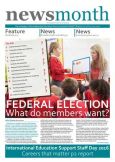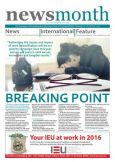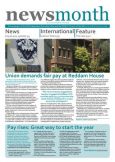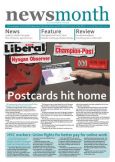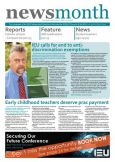Australian school students have been ranked among the highest in the world for creative thinking performance in the latest Programme for International Student Assessment (PISA) results, writes Emily Campbell.
Released in June 2024, the PISA results analysed data from more than 81 countries and economies around the globe, with Australia placing fourth in overall country performance for creative thinking – behind only Singapore, South Korea and Canada.

Professor David Cropley
New assessment area
Professor David Cropley, an internationally recognised expert on creativity and innovation from the University of South Australia, says assessment of creative thinking is new to the PISA test.
“Action to develop a creativity test within PISA has been in the pipeline for several years, and its inclusion mirrors the rise of an interest in creativity in education more broadly over the last decade,” Professor Cropley says.
“It is closely connected to the fact we have entered an age of digitalisation in industry and economy, driving a renewed interest in creativity.
“Schools and education systems have picked up on this and know they must prepare students better for this sort of future work environment,” he says.
Australia performed far better than predicted in creative thinking when factoring in past PISA results in mathematics and reading performance.
Creative thinking in curriculum
Professor Cropley says an obvious explanation for Australia’s high score in the 2022 PISA test is that the creative thinking general capability defined by the Australian Curriculum Assessment and Reporting Authority (ACARA) is leading to changes in Australian classrooms.
“This means more opportunities for creative thinking are being given to students across the curriculum,” Professor Cropley says.
“It is beneficial that Australia did well on this test because it demonstrates a direct link between paying attention to creativity within the curriculum and seeing a positive outcome.
“I can only speak about Australia, but I suspect the other highly ranked countries have also prioritised creativity more specifically within their own curriculum systems.
“I also think the countries on the top of the PISA test tend to be wealthier countries and they prioritise and put great resourcing into education,” he says.
Preparing for the future
Creative thinking is vital for students to learn as more jobs are automated and the employment landscape becomes increasingly digitalised.
The types of jobs suited to automation or using artificial intelligence (AI) are predictable and algorithmic, where machines can be programmed to do it, Professor Cropley says.
“As we move further into this age of digitalisation, computers are increasingly performing the routine tasks and that leaves the creative, unpredictable and non-algorithmic jobs that humans are ideally suited to,” he says.
“Those are the aspects that computers and robots struggle with, so students have to be prepared for the future workforce landscape with creativity.”
Creativity can be learned
There is a widely held misconception by the general public that creativity is a fixed trait, or that it cannot be learned; however, Professor Cropley says that in his experience, most school teachers know this is not the case.
“For many people, there is still this ingrained belief that creativity is associated with the arts and music, so people assume because they do not play an instrument or can’t draw well they are not creative,” he says.
“It’s an idea that creativity is something you either have or you don’t.
“This is the type of response you would get asking an average person, but my colleagues and I have conducted studies with teachers in Australia and overseas and have found teachers by and large do not hold this misconception.”
Teaching with creativity
There are three key things teachers can do to encourage students to develop creative thinking.
“Firstly, they must model creative thinking as a teacher, whether the subject area is arts, music, physical or maths,” Professor Cropley says.
“Teachers should demonstrate, through their practice, their attitudes and how they conduct themselves in the classroom that they are open to creativity.
“We call this teaching with creativity, which sends an important signal to students.
“I am not talking about creative thinking only, but creativity more generally, which includes aspects of a teacher’s personality and the environment they’re working in.
The other two ways are about teaching for creativity.
Professor Cropley says students must be given opportunities to use creative thinking in class so they can practise and develop this skill.
“The thinking element of creative thinking, we can equate to thinking divergently,” he says.
“The key is to ask a different kind of question. So, instead of looking for one right answer to a question, teachers should ask questions that allow for many possible answers.
“This allows students to think divergently rather than convergently.”
For example, rather than asking, ‘What is two plus two?’, where the correct answer is four, teachers can flip the question and ask, ‘How many different ways are there to arrive at the correct answer of four?’, Professor Cropley says.
“The student can practise divergent thinking, because it could be two plus two, but could also be 10 minus six or the square root of 16,” he says.
There are many possible answers to achieve the same educational outcome, but also provide students with the chance to think creatively.
“In history, for example, instead of asking, ‘On what date did World War II start?’, where there is one correct answer, teachers could try a different approach and ask, ‘What were the events and reasons behind the outbreak of World War II starting in 1939?’,” he says.
“It means reframing questions as open-ended and having more than one possible answer.”
Professor Cropley is not suggesting teachers should do away with teaching convergent thinking. “There needs to be a rebalancing because both types of thinking are essential to problem-solving,” he says.
“Students need to be able to think convergently and divergently at the right times.”
Employer support essential
Enabling teachers to effectively teach with and for creativity requires ongoing support and resourcing from school employers and governments.
Professor Cropley says creative champions are necessary in any system or workplace that is trying to foster creativity.
“For creativity in any situation, whether in an engineering firm or a school classroom, a supportive environment is one of the most important aspects you can work in,” he says.
“Championing creativity is one obvious way employers, governments and school leadership can nurture creative thinking in schools.”
Providing teachers with resourcing is essential to a supportive environment, and championing creativity, which means reducing workload and work intensification.
“There is a common mantra in creativity and innovation: time, support and resources,” he says.
“You must give teachers additional time to teach with and for creativity, which will likely be more time-consuming than traditional ways of teaching.
“They must also be given the moral support and the physical resources because people simply cannot be creative if they are under immense pressure.”
School leaders at various levels should ask how they can better support and advocate for teachers, and be prepared to challenge the status quo, Professor Cropley says.
“If teachers want to be more creative in the classroom, they need support and resourcing,” he says. “Professional development (PD) and training on how to teach creative thinking is an important part of the support and resourcing required.”
Professor Cropley says Australia’s 2022 PISA results are promising in relative and absolute terms.
“The details remind us there is still significant work to be done regarding the creative thinking of girls versus boys,” he says.
“We need to continue prioritising creativity across the curriculum at all stages, especially in Years 11 and 12.”
